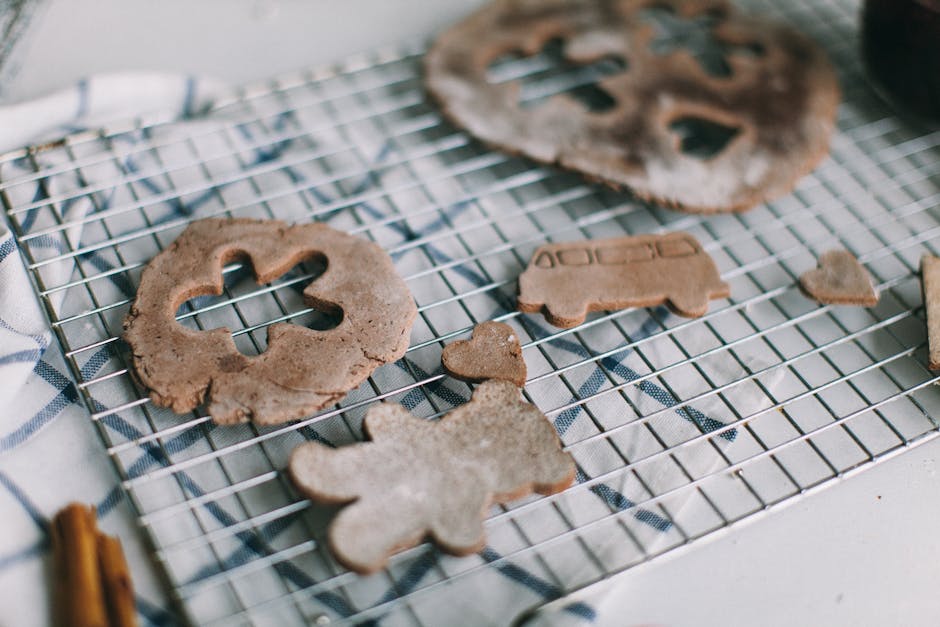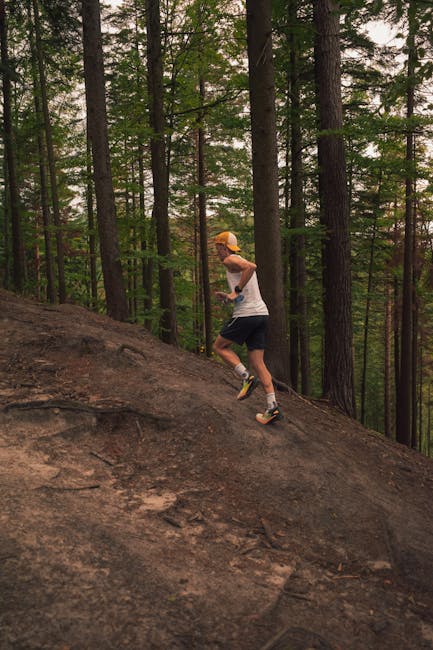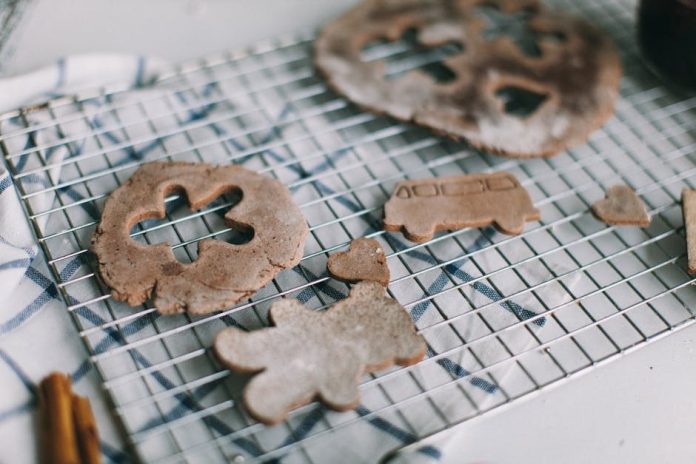
Ever dreamt of restaurant-quality char and tender, juicy interiors, all from your humble home oven? Meet your broiler – often an overlooked, intimidating, or downright feared component of your kitchen. Many shy away, haunted by visions of burnt offerings and smoke-filled kitchens. But what if we told you that with a few simple tricks, you could tame this fiery beast and unlock a world of quick, delicious meals? Get ready to master the art of broiling, transforming everyday ingredients into culinary masterpieces, without ever ruining your food again!
What Exactly *Is* Broiling?
Think of broiling as upside-down grilling. Instead of heat coming from below, your oven’s broiler element (usually at the top) blasts intense, direct radiant heat downwards. This high temperature is perfect for quickly searing, browning, caramelizing, and charring the surface of foods, creating incredible flavor and texture in minutes.
Why Should You Embrace the Broiler?
- Speed Demon: Broiling cooks incredibly fast, making it ideal for weeknight dinners.
- Irresistible Texture: Achieve crispy skins, golden-brown crusts, and perfectly melted cheese.
- Flavor Explosion: The high heat creates delicious caramelization (the Maillard reaction) that adds depth and complexity.
- Versatility: From meats and fish to vegetables and even fruit, the broiler handles a surprising range of foods.
Essential Gear for Broiling Success:
- Broiler Pan: Often comes with your oven, it’s a two-piece pan with a slotted top to drain fat and a solid bottom to catch drips. If you don’t have one, a wire rack set inside a sheet pan works too.
- Heavy-Duty Sheet Pan or Cast Iron Skillet: These can withstand the intense heat. Avoid glass bakeware, as it can shatter under direct broiler heat.
- Long-Handled Tongs or Spatula: For safely turning or removing food.
- Oven Mitts: Essential!
- Timer: Crucial for precise timing.
The Golden Rules of Perfect Broiling (No More Burnt Dinners!):
1. Preheat is King (And Queen!):
Just like baking, preheating is non-negotiable for broiling. Turn your broiler on and let it preheat for 5-10 minutes before adding food. This ensures the element is super hot and the heat is consistent from the moment your food goes in, leading to even browning.
2. Rack Position is Paramount:
This is arguably the most critical factor. The closer your food is to the broiler element, the faster and more intensely it will brown.
- Top Rack (6-8 inches from element): For thin items that need quick browning without much internal cooking (e.g., toast, cheese, thin fish fillets, vegetables).
- Middle Rack (8-10 inches from element): For thicker items that need more time to cook through while still getting good browning (e.g., steaks, chicken breasts, thicker fish).
- Lower Rack (10+ inches from element): Rarely used for broiling, mainly for items you want to gently warm or finish without much color.
3. Stay Vigilant – Never Walk Away!
Broiling happens fast. What’s perfectly golden one second can be burnt the next. Stay by the oven and watch your food like a hawk. Seriously, don’t even check your phone!
4. Prepare Your Food Properly:
- Pat Dry: Excess moisture hinders browning. Pat meats and vegetables thoroughly dry with paper towels.
- Lightly Oil: Toss vegetables or brush meats lightly with a high smoke point oil (like vegetable, canola, or grapeseed oil) to prevent sticking and encourage browning.
- Season Generously: Salt and pepper are your friends.
- Don’t Overcrowd: Give your food space on the pan. Overcrowding steams food instead of browning it.
5. Flip (If Necessary):
For even browning, especially with thicker items like chicken breasts or steaks, you’ll need to flip the food halfway through the cooking time. For thinner items like fish or some vegetables, a single side might suffice.
Step-by-Step Broiling Guide:
- Choose Your Food & Prep: Pat dry, oil, and season your desired ingredients.
- Preheat the Broiler: Turn your broiler on and let it heat for 5-10 minutes.
- Position the Rack: Select the appropriate rack position based on your food’s thickness (see Rule #2).
- Place Food on Pan: Arrange your food in a single layer on your broiler-safe pan.
- Broil & Watch: Place the pan under the broiler. Set a timer, but remember to actively watch.
- Flip (If Needed): If cooking on both sides, flip halfway through using tongs.
- Remove & Rest: Once cooked to your desired doneness and color, carefully remove the pan. Let meats rest for a few minutes before slicing to retain juices.
Best Foods for Broiling:
- Meats: Thin-cut steaks (skirt, flank, sirloin), pork chops (thin), chicken breasts or tenders, lamb chops.
- Fish: Salmon fillets, cod, halibut, shrimp, scallops.
- Vegetables: Asparagus, bell peppers, zucchini, eggplant slices, mushrooms, cherry tomatoes, corn on the cob (cut in half).
- Other: Garlic bread, bruschetta, cheese toast, fruit (like peaches or pineapple for dessert).
Common Broiling Mistakes & How to Fix Them:
- Food is Burning on the Outside, Raw on the Inside: You’re too close to the element, or the heat is too high for the thickness. Move the rack down.
- Food is Dry and Tough: You’ve overcooked it! Broiling is fast; start with shorter times and check frequently.
- Uneven Browning: Ensure your broiler is fully preheated. Don’t overcrowd the pan.
- Smoke, Smoke Everywhere!: This usually means fat is dripping onto the hot oven floor or broiler element. Make sure your broiler pan’s bottom tray is catching all drips, or use less oil/fat.
Conclusion:
The broiler is a powerful, efficient tool that can revolutionize your cooking. By understanding its intensity, minding your rack position, and staying attentive, you can achieve beautifully charred, perfectly cooked dishes in a fraction of the time. So, cast aside your broiler fears, grab your tongs, and get ready to impress yourself and your family with culinary creations that are anything but ruined!

